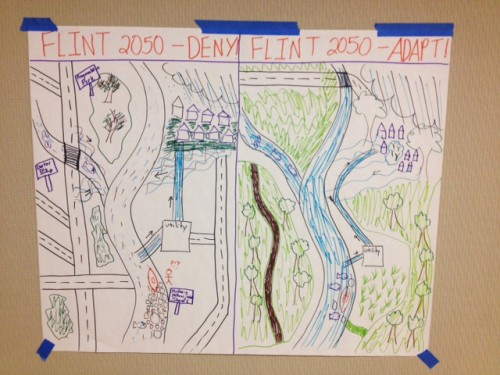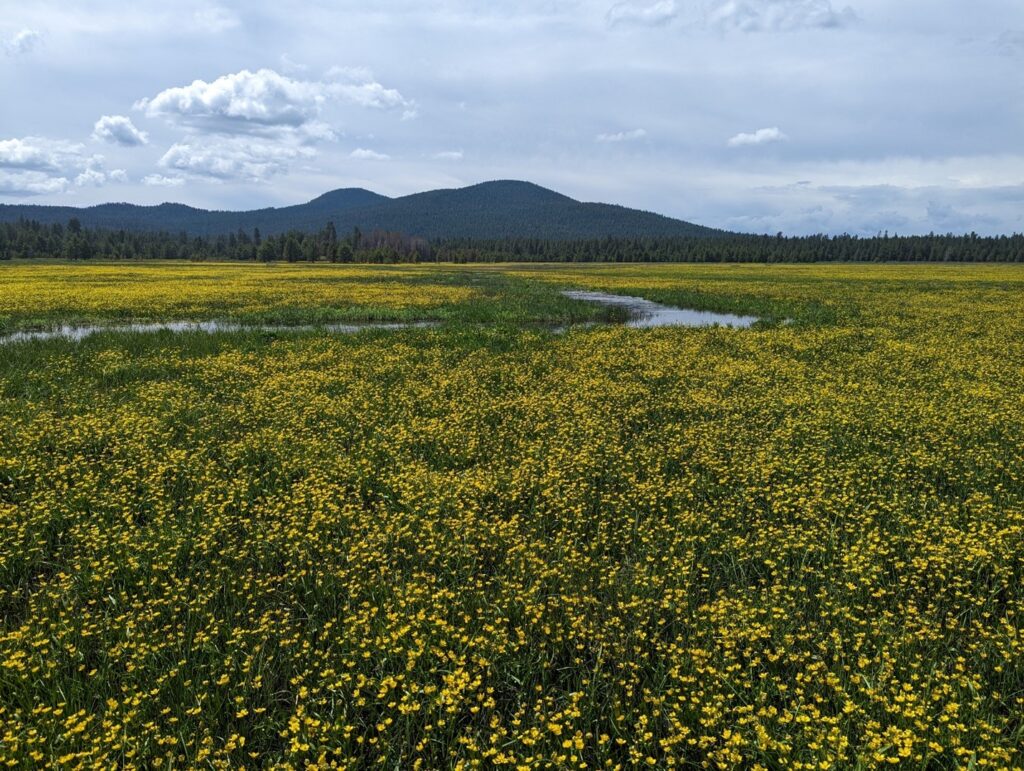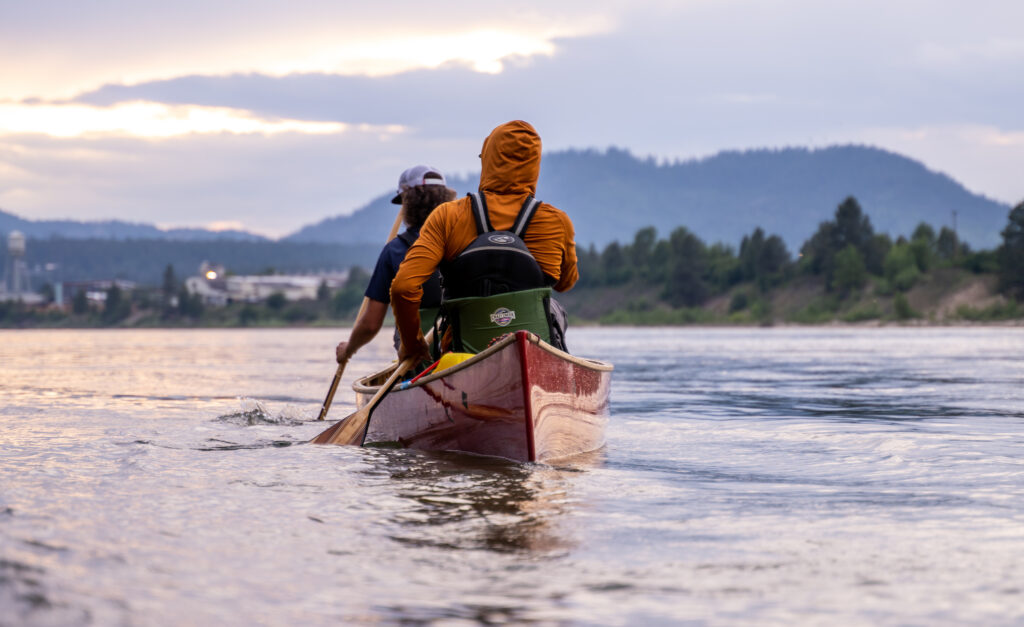The Hydrologic Regimes They Are A-Changin’
This is the second blog in a series that describes ongoing strategies and activities undertaken by members of the Upper Flint River Working Group. Part Two describes lessons learned from a recent workshop hosted by the Wildlife Conservation Society on climate change adaptation and building a ‘climate informed’ conservation project.
When considering the challenges faced in the upper Flint River, water use and land use change tend to dominate the conversation. However, there’s another big ‘change’ out there that deserves serious consideration—the ‘change’ of the climate. Considering that some of the worst impacts of climate are expected to be felt through the changing hydrologic cycle, this is an issue that cannot be ignored.
Many of the policy discussions surrounding climate change focus on mitigation—how to slow or reverse the trend of a warming planet in the medium- to long-term. On the ground, we talk about climate change adaptation—how to prepare for an increasingly erratic climate today. Climate scientists’ latest predictions for Georgia envisage a similar amount of rain (compared to current conditions) on average, but it will probably come from storms that are more intense and less frequent, resulting in an overall decrease in water availability along with an increase in adverse environmental impacts from stormwater flooding. Additionally, we can expect a lot more days above 95oF, more large hurricanes, and a more frequent occurrence of flood and drought over the next century. Nothing we do in the short term will change these outcomes, but we can adapt.
American Rivers and The Conservation Fund recently attended a workshop by the Wildlife Conservation Society on how to integrate climate predictions into conservation planning. For the upper Flint River, the shoals became a primary focus. The shoals are shallow sections of river with fast currents and small rapids, which are home to the shoal bass (a prized endemic sport fish), the recently discovered Halloween Darter, and several species of threatened and endangered mussels. In previous droughts, the Flint River dropped enough to dry out the major shoals. Based on the climate predictions for the region, there is a high risk that these shoals will spend even more time without water running through them during future droughts, resulting in further loss of habitat and recreational opportunities like fishing or paddling. S.O.S.—Save Our Shoals!!!

After two days of considering the predictions, challenges, opportunities, and the potential actions that could be taken from a ‘climate informed’ perspective, we left confident that our plan for the upper Flint River is a solid first step to address the anticipated impacts of climate change. However, maintaining flexibility in our plan will be vital as better science becomes available. We also learned that adaptation can be fun!
The Hydrologic Regimes They Are A-Changin’
Adapted from The Times They Are A-Changin’ by Bob Dylan
Come gather ’round people
Wherever you roam
And admit that the waters
Around you have an altered hydrologic regime
And accept it that soon
You’ll be drenched to the bone, or bone dry
If your river to you
Is worth savin’
Then you better start adaptin’
Or you’ll sink like a stone
For the hydrologic regimes they are a-changin’




